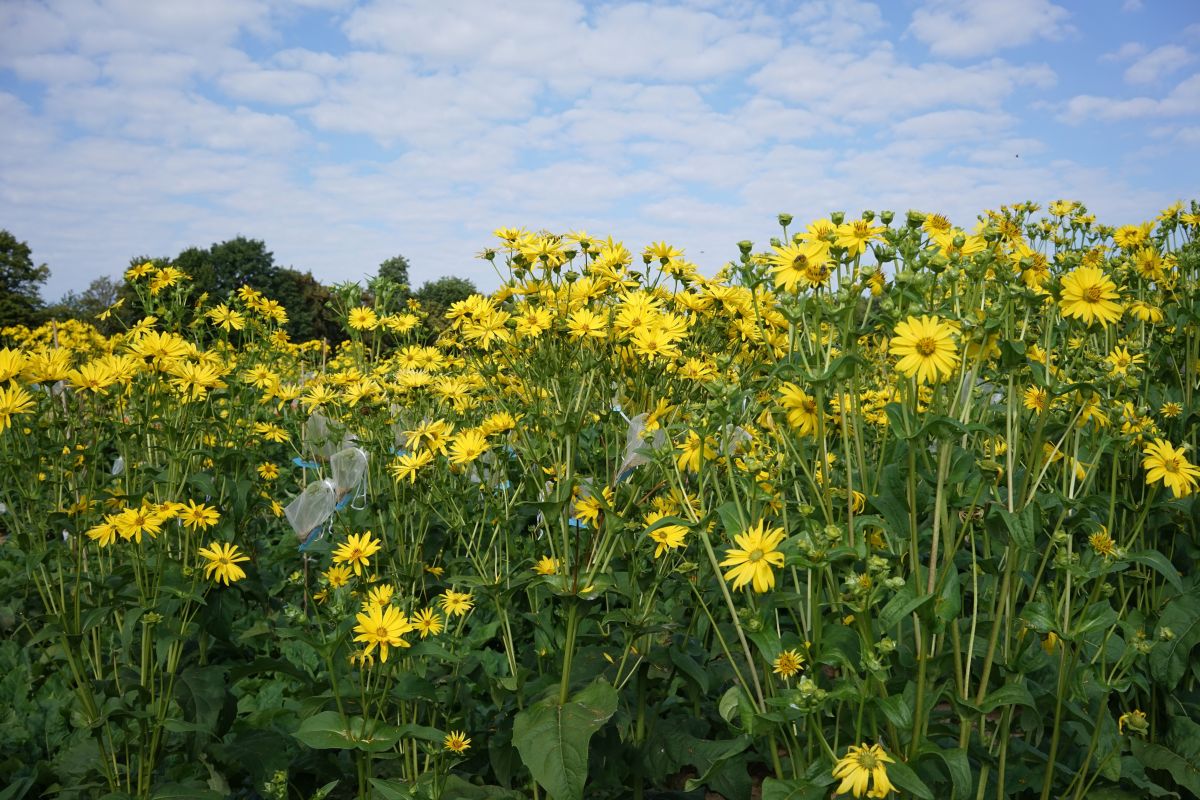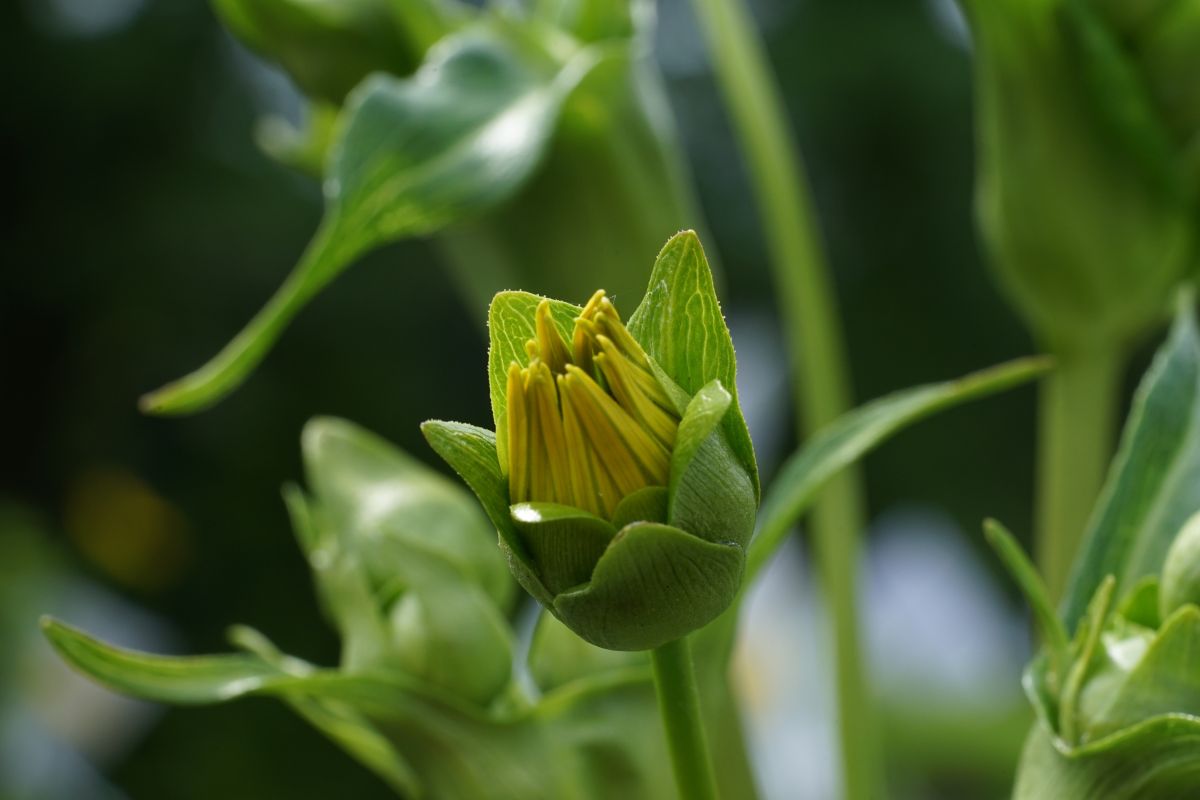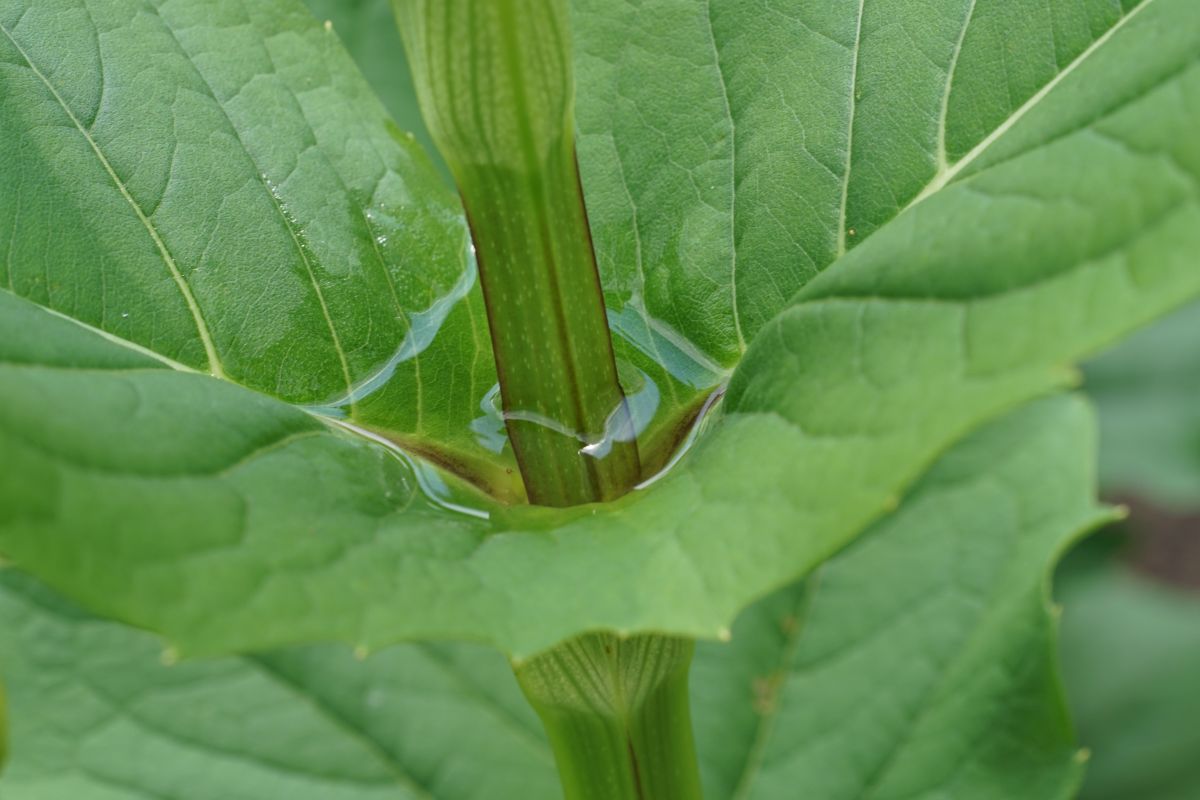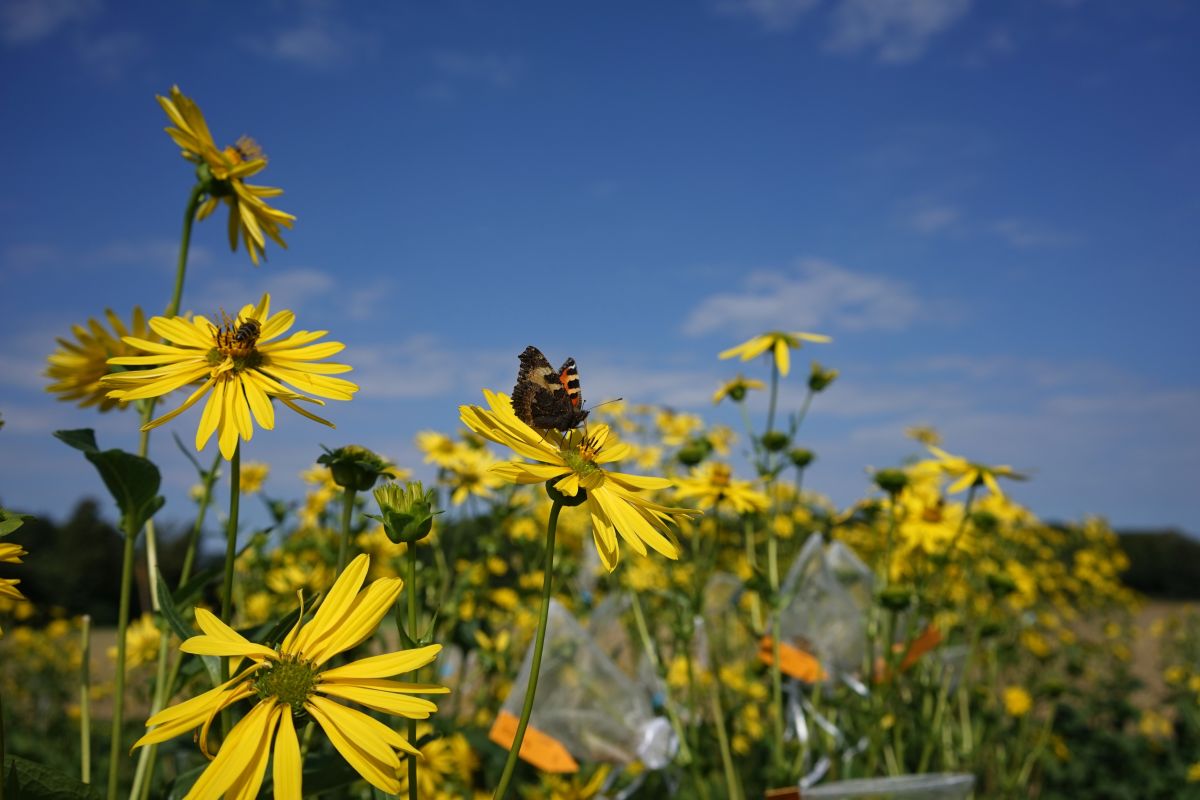On 1st September 2017, more than 50 scientists, practitioners and representatives from central organizations, e.g. the Chamber of Agriculture in NRW, met at Campus Klein-Altendorf to exchange knowledge and latest research results about the low input plant Silphium. The topics of the talks ranged from seed optimization and the exploitation of the genetic variety to promising ingredients through usage within a biorefinery or in paper industry.




The keynote entitled “Silphium – corn of the future?” was given by Prof. Peter Westhoff, Vice President for Research and Technology Transfer at Heinrich Heine University (HHU) Düsseldorf. He highlighted the advantages of Silphium, e.g. high biomass production and oil content, and closed with the open question if it is worth to domesticate Silphium and how long it may take.
The first session focused on the cultivation of Silphium. Andreas Schäfer from the Institute of Agricultural Engineering, University of Bonn, presented the results of a three-year project on the development of specific seeders. Subsequently, Johannes Köhler from the Thüringer Landesanstalt für Landwirtschaft (local authority), explained which factors are crucial for the establishment of cultivation, e.g. prearrangement of the soil and the number of seeds. Ralf Brodmann from the „Donau-Silphie“/Metzler & Brodmann KG shared his experience with Silphie as a farmer. His key to success was the parallel sowing of the perennial Silphie with the annual plant corn, which prevents the field from erosion and weeds.
After the first session the participants were taken by a tractor to visit the field trials – ranging from small seedlings up to flowering tall plants.
In the afternoon Markus Gansberger from the Austrian Agency for Health and Food Safety presented possibilities for cascade usage of Silphie. Afterwards, Dr. Andreé Hamm from the chair of agricultural and production ecology outlined the importance to cultivate flowering crops.
Dr. Martin Schmid from the Chamber of Agriculture in NRW presented studies on the utilisation of Silphie in biogas plants. However, for this application Silphie is not yet able to compete with corn, most likely due to its cell wall structure. Subsequently Dr. Holger Klose from RWTH Aachen presented his BioSC projects about utilization of perennial plants in biorefineries.
In the last session, three talks were given about the BioSC project SPREAD. Dr. Elena Pestsova and Dr. Christian Wever from the Institute of Developmental and Molecular Biology of Plants, HHU Düsseldorf, presented their results on genetic variability of Silphium. Since the seeds that are being used in Europe are usually very heterogeneous, a collection trip in the USA, the country of origin of Silphium, was carried out in 2016. Currently, homogenous lines are risen on the experimental sites at Klein-Altendorf. Anne Lunze from RWTH Aachen analyzes the chemical components of different Silphium species in order to identify high value compounds, e.g. secondary metabolites. Martin Höller, University of Bonn, works on the utilisation of Silphium as light weight concrete or in the paper industry.
The various approaches being presented and discussed during the day showed that there are still many possibilities for utilisation and valorisation of Silphium. The lively discussions between the participants indicated a high interest in this low-input culture.